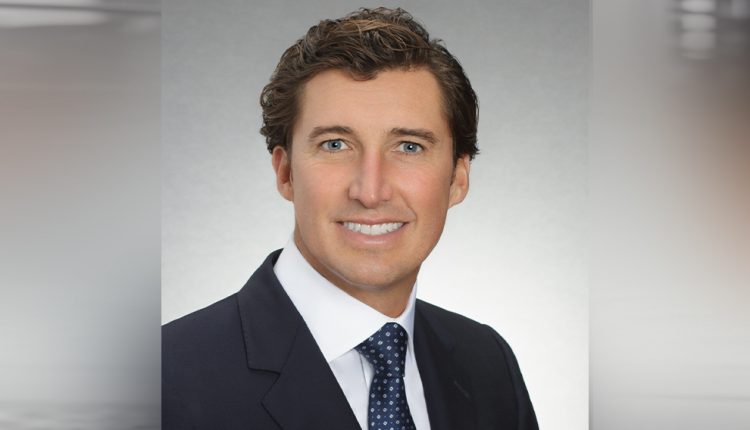Suing and Litigating against the Government
Litigating against the government may be confusing and holds many questions: how viable is it, is it worth the money and how time-consuming is it?
PLG trial attorney Chris Peterson describes going head to head with the government in California, answering some of the aforementioned questions along the way.
When can someone sue the government?
There are many opportunities as it turns out, but we focus on a handful: eminent domain, inverse condemnation, government torts, and dangerous conditions. In eminent domain, the government has the legal right to acquire property for public projects, but it must pay the owner “just compensation”. But if real property is damaged by some government action, project, or infrastructure without formal eminent domain proceedings, the property owner can sue that government entity in Inverse Condemnation, which is a taking or damaging of property without payment of the constitutionally required “just compensation”. Inverse comes in many forms, for example, debris flows, landslides, environmental contamination, and loss of support and subsidence.
Sustaining injury or death from a “dangerous condition” on a public road is a scenario when a private party can sue the government entity that owned or controlled the road. Examples include a collapsed overpass or broken signal at an intersection. As with Inverse Condemnation and other tort claims against the government in real property damages cases, prevailing in a dangerous condition case requires establishing liability against that government entity.
What situations have strong cases?
In Inverse Condemnation, common scenarios involve public storm drain facilities that collect, concentrate and redirect surface water and debris into neighbourhoods causing problems for property owners. These cases involve a complex analysis of drainage systems, engineering decisions, water flow, and soil movement. Another strong example is when a government entity that designs and builds freeways reconstructs existing overpasses and other freeway improvements. Nearby buildings can develop damage caused by construction and removing existing embankments. Foundations can split and sag from a loss of support caused by shifting and resettling of the soil.
Strong “dangerous condition” cases stem from inadequate or untimely repair or maintenance of roads or freeways, which is evident from large potholes, crumbling concrete support improvements, or overpasses and bridges that collapse. These problems can lead to serious bodily injury or the death of unsuspecting drivers or pedestrians. Other dangerous conditions involve blind curves or some controllable condition that created poor visibility, or a broken or absent street signal, especially where one would expect a functioning signal to be.
How does suing the government differ from another entity, such as corporations or an individual?
Lawsuits against a government entity follow special laws in California. There are shortened time frames and limitations periods for plaintiffs to take legal action. Regardless of the type of case, it starts with an administrative claim that must be presented to the government entity outside of court. The claim gives the government notice and a chance to “fix” the scenario before litigation ensues. The government has 45 days to act on the claim, followed by a 6-month limit for a plaintiff to file a lawsuit if the claim remains idle or is denied. This claim requirement does not exist in private-to-private lawsuits. In Inverse Condemnation, no claim is required if Inverse is the only cause of action asserted in a complaint about real property damage against a government entity. Personal injury claims are not included in Inverse Condemnation.
What are some of the biggest challenges?
First, the government has enormous resources. It often hires aggressive outside counsel and teams of experts who fight every step of the way, even on cases we think are straightforward and should be resolved. Second, the government has a different cost-benefit analysis and risk calculation than a private party. Governments typically consider policy ramifications for future cases, which can make the resolution more difficult. The California Legislature must understand this because there are mandatory awards of costs and fees to a prevailing plaintiff in Inverse cases. Finally, decisions and answers usually do not come quickly. There is a chain of authority and procedures that must be observed in government for things such as settlement authority. Generally, decisions require a detailed, written recommendation from counsel before it goes up the chain for consideration and then back down to counsel with the answer.
What are some common misconceptions about the government in litigation?
We have heard a common misconception that in-house government attorneys are not as good as outside counsel at private law firms. That is just plain false. Another misconception is that juries do not like the government. This is generally false. Aside from the one or two potential jurors in the pool that actively voice their dislike of the government during voir dire and are ultimately excluded, I find jurors to be respectful and attentive to both sides. Jurors really try to understand what both sides are asking for and why, regardless if one side is a powerful government entity that is taking someone’s property. Jury verdicts come down to the facts of each case and the credibility of the witnesses and attorneys.
Contact Peterson Law Group:
| Los Angeles office:
633 W. 5th Street, 26th Floor Los Angeles, CA 90071 Phone: (213) 236-9720 |
Orange County office:
19800 MacArthur Blvd., Suite 290 Irvine, CA 92612 Phone: (949) 955-0127 |
www.petersonlawgroup.com
Chris Peterson’s Email: cdp@petersonlawgroup.com |
Peterson Law Group (PLG) of Southern California has over 35 years of experience in real property litigation including eminent domain, damages to real property, and landslides and subsidence, as well as government tort liability and dangerous conditions on public property causing injury or death. PLG has received a “Best Law Firms” designation by U.S. News & World Report for each year beginning in 2015.




